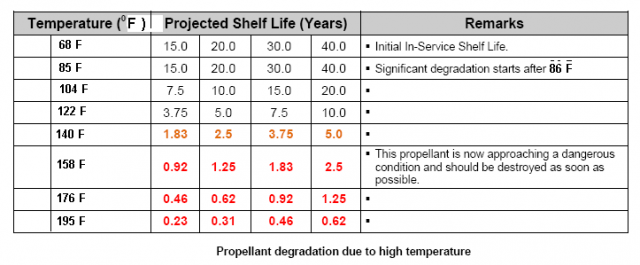stagpanther
New member
I should probably know this but don't--is there a particular reason you can't store kegs of powder on their sides rather than straight up and down (other than if they ignite they will be blowing sideways over a greater area)?
thanks!
thanks!

